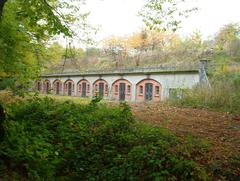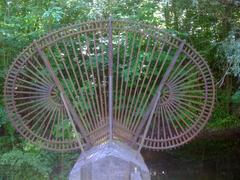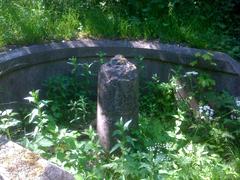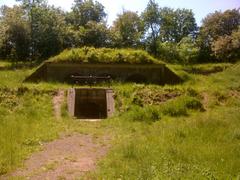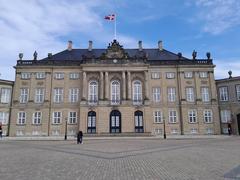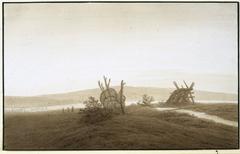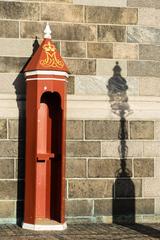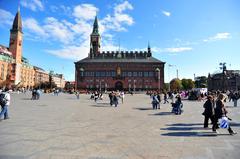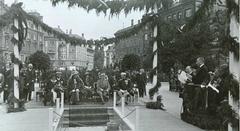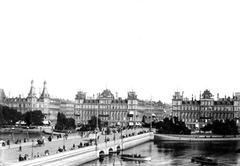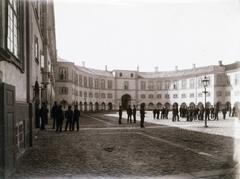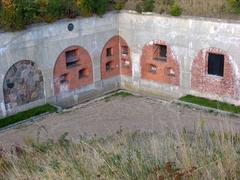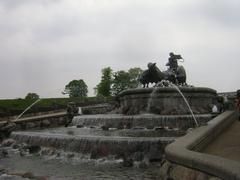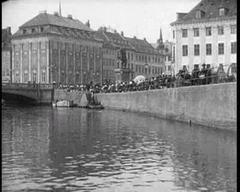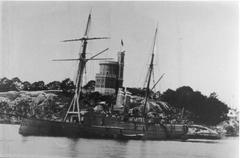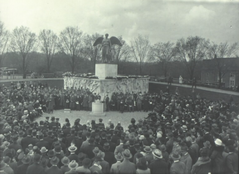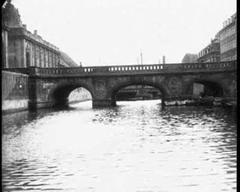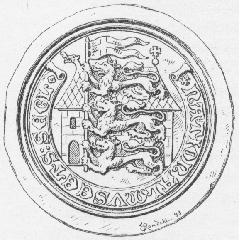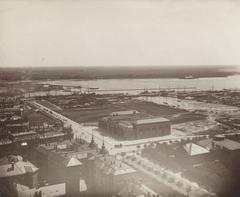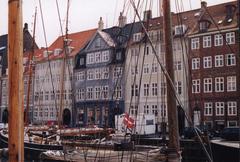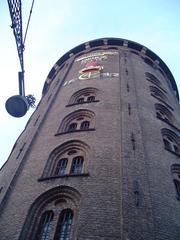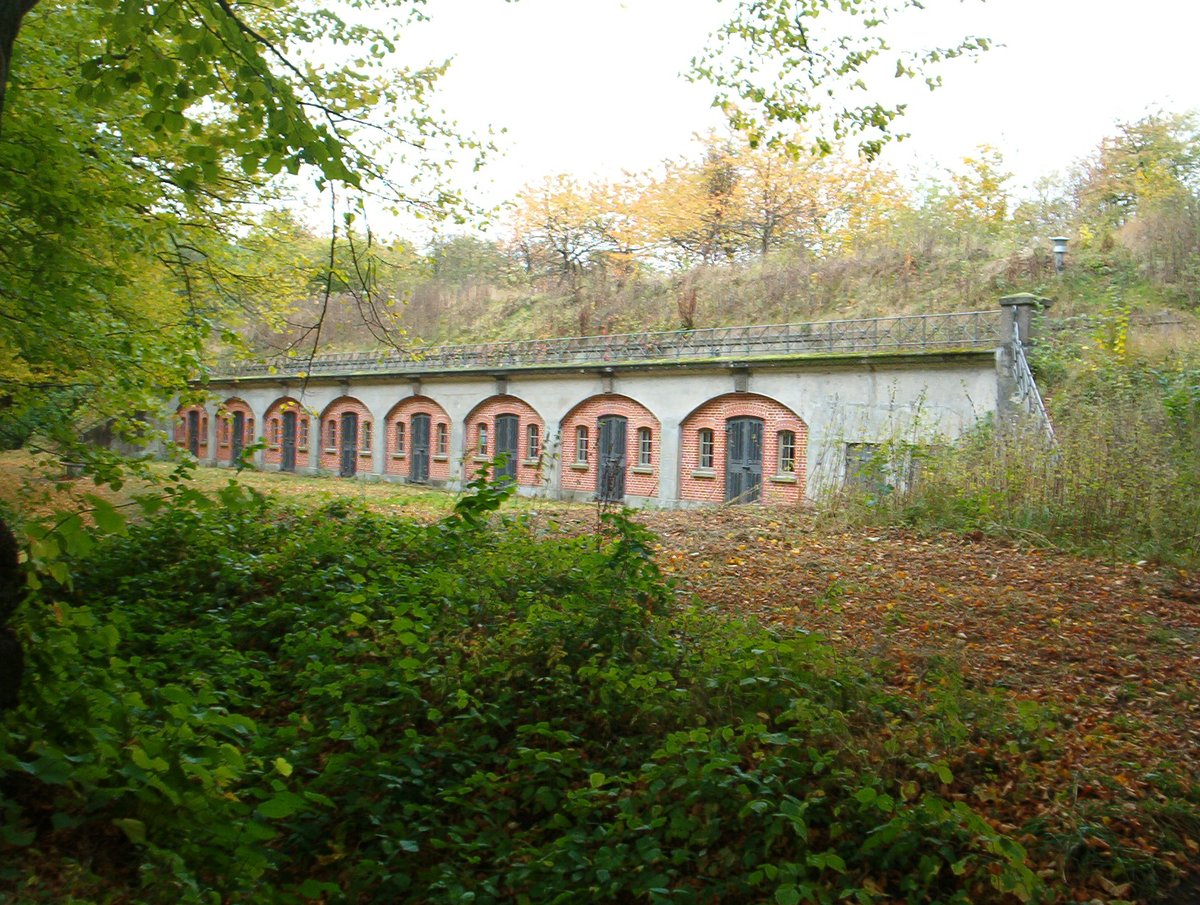
Visiting Sovende Louis in Frederiksberg, Denmark: Hours, Tickets, and Tips
Date: 24/07/2024
Introduction
Nestled in the picturesque district of Frederiksberg, Denmark, Sovende Louis, also known as ‘Sleeping Louis,’ is a captivating statue that draws visitors from near and far. Created by the acclaimed Danish sculptor Jean René Gauguin in 1941, this statue captures the serene innocence of a young boy in a peaceful slumber. Gauguin, the son of the renowned French painter Paul Gauguin, infused this artwork with emotion and realism, making it a significant piece in Danish art history (VisitCopenhagen).
Frederiksberg, while closely integrated with Copenhagen, boasts its unique charm with lush greenery, historical landmarks, and vibrant cultural attractions. Sovende Louis stands out as a symbol of resilience, having been commissioned during the German occupation in World War II. This statue not only embodies artistic excellence but also represents the enduring spirit of the Danish people during tumultuous times.
Beyond its historical and artistic significance, Sovende Louis has become a beloved cultural landmark, frequently appearing in Danish literature and media. Positioned in a public park, it is accessible year-round, making it a popular spot for both locals and tourists alike. Nearby attractions such as the Frederiksberg Palace, Gardens, and the Copenhagen Zoo further enhance the visitor experience, offering a blend of history, nature, and entertainment (Scandification).
Table of Contents
- [History and Significance of Sovende Louis](#history-and-significance-of-sovende-louishistory-and-significance-of-sovende-louis)
- [Origins and Historical Context](#origins-and-historical-contextorigins-and-historical-context)
- [Artistic Significance](#artistic-significanceartistic-significance)
- [Cultural Impact](#cultural-impactcultural-impact)
- [Visitor Information for Sovende Louis](#visitor-information-for-sovende-louisvisitor-information-for-sovende-louis)
- [Visiting Hours and Tickets](#visiting-hours-and-ticketsvisiting-hours-and-tickets)
- [Travel Tips and Nearby Attractions](#travel-tips-and-nearby-attractionstravel-tips-and-nearby-attractions)
- [Accessibility and Visitor Experience](#accessibility-and-visitor-experienceaccessibility-and-visitor-experience)
- [Special Events and Guided Tours](#special-events-and-guided-toursspecial-events-and-guided-tours)
- [Preservation and Restoration Efforts](#preservation-and-restoration-effortspreservation-and-restoration-efforts)
- [Conclusion](#conclusionconclusion)
- [FAQ](#faqfaq)
History and Significance of Sovende Louis
Origins and Historical Context
Sovende Louis, also known as “Sleeping Louis,” is a notable statue located in Frederiksberg, Denmark. The statue was created by the Danish sculptor Jean René Gauguin in 1941. Gauguin, who was the son of the famous French painter Paul Gauguin, was known for his work in both sculpture and ceramics. The statue represents a young boy in a peaceful, sleeping pose, capturing a moment of serene innocence.
The statue was commissioned during a tumultuous period in Danish history. In 1941, Denmark was under German occupation during World War II. Despite the occupation, Danish culture and art continued to thrive, and Sovende Louis is a testament to the resilience and enduring spirit of the Danish people during this challenging time.
Artistic Significance
Jean René Gauguin’s work on Sovende Louis is a prime example of his ability to convey emotion and realism through sculpture. The statue is crafted from bronze, a material that Gauguin frequently used in his works. The choice of bronze not only adds to the statue’s durability but also gives it a timeless quality. The detailed craftsmanship of the statue, from the delicate features of the boy’s face to the folds of his clothing, showcases Gauguin’s skill and attention to detail.
The statue is also significant in the context of Danish art history. It represents a shift towards more naturalistic and expressive forms of sculpture, moving away from the more rigid and formal styles that were prevalent in earlier periods. Sovende Louis is often cited as an example of the humanistic approach that characterized much of Danish art in the mid-20th century.
Cultural Impact
Sovende Louis holds a special place in the hearts of the residents of Frederiksberg and the broader Danish community. The statue is located in a public park, making it accessible to all and a popular spot for both locals and tourists. Over the years, it has become a symbol of peace and tranquility, often visited by families and children.
The statue’s enduring popularity is also reflected in its frequent appearance in Danish literature and media. It has been featured in numerous books, articles, and documentaries, highlighting its significance as a cultural landmark. The statue is often used as a metaphor for innocence and the passage of time, resonating with people of all ages.
Visitor Information for Sovende Louis
Visiting Hours and Tickets
Sovende Louis is located in a public park in Frederiksberg, which is open year-round. There are no specific visiting hours for the statue itself, and no tickets are required for entry. However, it is advisable to visit during daylight hours to fully appreciate the statue and its surroundings.
Travel Tips and Nearby Attractions
For those planning a visit, consider exploring other nearby attractions. The Frederiksberg Palace and Gardens offer a glimpse into Denmark’s royal history and are well worth a visit. The Copenhagen Zoo, one of the oldest zoos in Europe, is also nearby and offers a wide variety of animals and educational programs.
Accessibility and Visitor Experience
The park where Sovende Louis is located is well-maintained and accessible to visitors of all abilities. There are plenty of seating areas and walking paths, making it an ideal spot for a leisurely stroll or a picnic. Visitors are often struck by the statue’s lifelike quality and the sense of calm it exudes.
Special Events and Guided Tours
While there are no regular guided tours specifically for Sovende Louis, the statue is often included in broader cultural and historical tours of Frederiksberg. Check local tour operators for availability and schedules.
Preservation and Restoration Efforts
Given its historical and cultural significance, Sovende Louis has been the subject of various preservation efforts over the years. The statue has undergone several restorations to ensure its longevity and maintain its appearance. These efforts are often led by local heritage organizations and supported by the community.
In recent years, there has been a growing awareness of the importance of preserving public art. Sovende Louis is part of a broader initiative to protect and maintain Denmark’s cultural heritage. This includes regular maintenance, cleaning, and, when necessary, more extensive restoration work. The statue’s preservation is seen as a way to honor the past while ensuring that future generations can continue to enjoy and appreciate it.
Conclusion
Sovende Louis is more than just a statue; it is a symbol of peace, resilience, and artistic excellence. Its historical significance, artistic value, and cultural impact make it a cherished landmark in Frederiksberg. For visitors, it offers a unique opportunity to connect with Danish history and culture in a beautiful and tranquil setting.
FAQ
What are the visiting hours for Sovende Louis?
Sovende Louis is located in a public park that is open year-round. There are no specific visiting hours for the statue itself.
How much do tickets to Sovende Louis cost?
There are no tickets required to visit Sovende Louis. The statue is accessible to the public free of charge.
Is Sovende Louis accessible for people with disabilities?
Yes, the park where Sovende Louis is located is well-maintained and accessible to visitors of all abilities.
References
- VisitCopenhagen, n.d., Frederiksberg source url
- Scandification, n.d., Frederiksberg District in Copenhagen, Denmark source url
